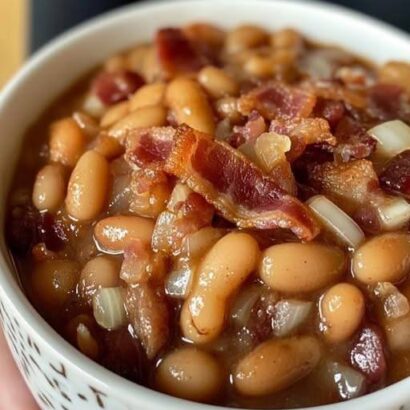Introduction
Strawberries are one of summer’s greatest joys — juicy, fragrant, and bursting with flavor. But if you’ve ever brought home a pint only to discover moldy mush two days later, you’re not alone.
These delicate fruits spoil quickly. But the good news? With a few science-backed storage tricks, you can keep strawberries fresh, mold-free, and delicious for up to a week — or longer.
Let’s take a look at why strawberries go bad so fast, and then explore 7 expert-approved tips to make the most of every berry.
Why Do Strawberries Spoil So Quickly?
Strawberries are non-climacteric fruits, which means they don’t ripen after being picked. So whatever condition they’re in when harvested is the best they’ll ever be.
Here’s what contributes to their rapid spoilage:
- High water content — makes them juicy, but also a breeding ground for mold.
- Porous skin — easily absorbs moisture and odors.
- Natural mold spores — already present on the surface when picked.
- Ethylene sensitivity — exposure to fruits like bananas can speed up decay.
- Poor packaging — plastic containers trap moisture and limit airflow.
Now, let’s fight back with the 7 best ways to extend strawberry shelf life.
7 Ways to Keep Strawberries Fresh for Days (or Even a Week!)
1. Do Not Wash Until Ready to Eat
Moisture is the enemy of freshness. Washing strawberries before storage accelerates mold growth.
What to do instead:
- Store them dry.
- Rinse just before eating.
Tip: If you’ve already washed them, dry thoroughly with paper towels before storing.
2. Use a Vinegar Bath to Kill Mold Spores
A diluted vinegar soak can kill surface mold spores without altering the flavor.
How to do it:
- Mix 1 part white vinegar with 3 parts water.
- Soak berries for 1–2 minutes.
- Rinse quickly under cold water.
- Dry completely before storing.
This trick can extend strawberry freshness by up to a week!
3. Line the Storage Container with Paper Towels
Strawberries release moisture, and excess humidity accelerates spoilage.
Solution:
Place a layer of paper towels at the bottom of a container to absorb moisture. You can gently pat dry strawberries before layering them in.
4. Store in a Glass or Ventilated Container
Ditch the original plastic clamshell — it traps moisture and reduces airflow.
Use instead:
- A glass container with a loose-fitting lid, or
- A ventilated produce drawer or berry box.
Tip: Leave the lid slightly ajar for airflow, or poke a few holes if using plastic.
5. Keep Strawberries in the Fridge
Refrigeration slows down spoilage — but only if strawberries are dry.
- Place on a middle or lower shelf (not in the crisper drawer — it’s too humid).
- Don’t stack them too deep to avoid bruising.
Ideal fridge temperature for strawberries: 32–36°F (0–2°C).
6. Avoid Ethylene-Producing Fruits
Keep strawberries away from:
- Bananas
- Apples
- Avocados
These fruits release ethylene gas, which speeds up spoilage.
Store strawberries in their own section or drawer if possible.
7. Freeze Any Extras (the Right Way!)
If you know you can’t eat them all, freezing is a great way to prevent waste.
How to freeze properly:
- Wash and dry thoroughly.
- Remove stems and slice (optional).
- Lay out on a baking sheet and freeze individually.
- Once frozen, transfer to a freezer bag.
Frozen strawberries are great for smoothies, sauces, and baking!
Final Thoughts: Make Your Strawberries Last
Strawberries may be fragile, but with the right care, you can stretch their freshness and flavor far beyond the grocery store shelf life.
Quick Recap:
- Store them dry, in a lined container, and away from ethylene.
- Use a vinegar soak to kill mold spores.
- Freeze leftovers to avoid waste.
By following these simple yet powerful steps, you’ll get the most out of every juicy berry — and enjoy your summer fruit without the moldy mess.


